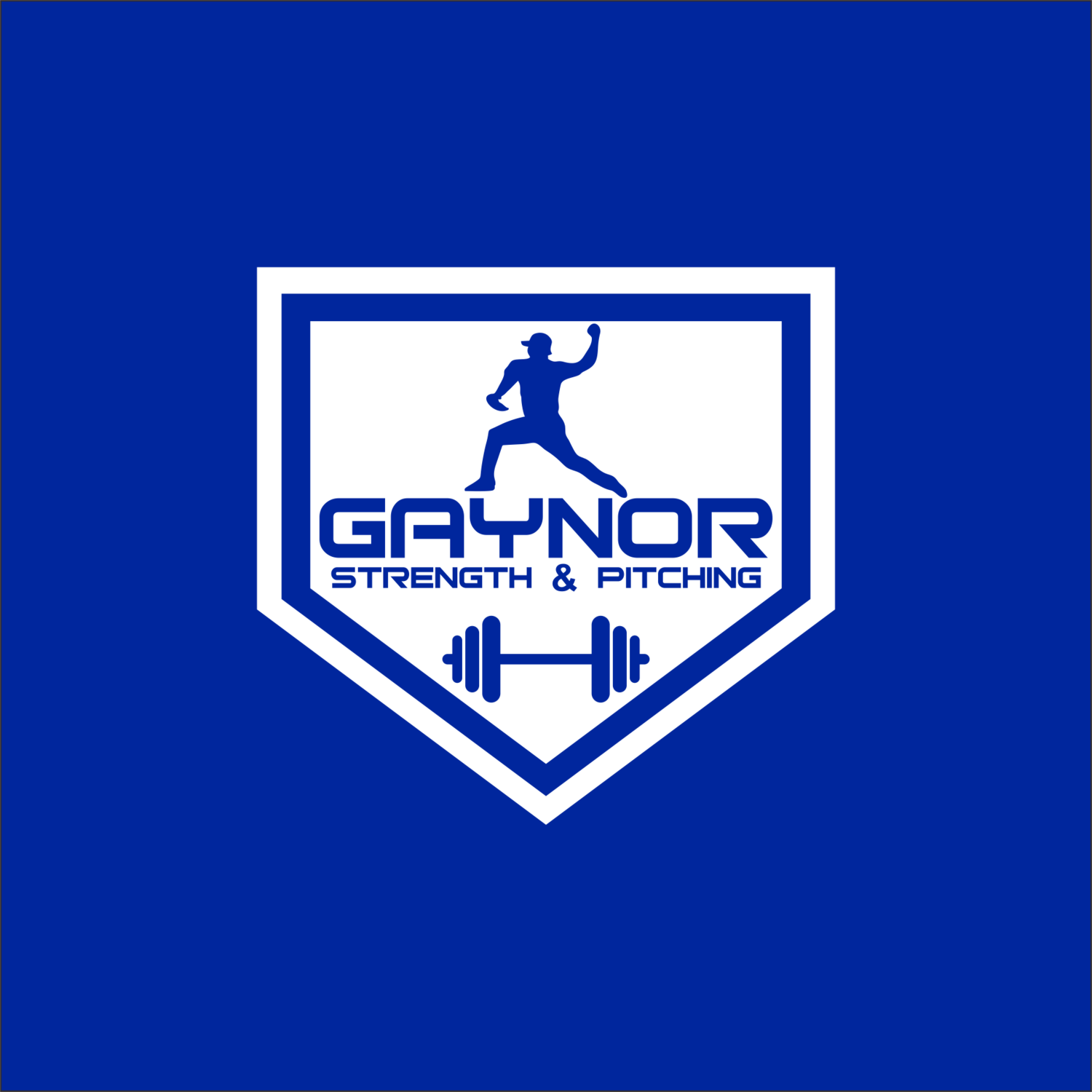Earlier this week I released a post on a pre-game routine for starting pitchers. This one is going to focus on relief pitchers. Developing a routine for relievers is a lot more tricky for obvious reasons. Starters know exactly when they are throwing making it easier to know when to start their routine. Relief pitchers on the other hand usually don’t know the inning or even the day they will pitch. Despite all of this it is still extremely important relievers have a plan and are prepared to pitch when their name gets called. In this post I am going to layout a routine to follow pre-game as well as a plan during the game to make sure you are ready to go when the time comes.
Pre-Game
Whether you play high school, college or professionally, relievers throw well before they actually are going to pitch that day. On the pro side, guys will throw as early as 5-6 hours before they pitch if it’s the late innings! Being able to get your work in before the game, but not over do it is critical to stay fresh. This is why it is important to communicate with your coach as much as you can about when you can expect to pitch or what situation you would most likely throw in. He probably won’t be able to give you a definite, but it will at least give you a better idea.
Treat the pre-game like your practice time. This is where you’ll work on whatever you need to that day whether it’s getting a feel for your breaking ball or working on something mechanical. Don’t waste the day just because you might pitch. What happens if you don’t pitch? Always have a plan and objective for the day. The volume might be lower, but you can still get quality work in on a game day.
I recommend going through your full warm up routine, bands, plyos, etc. before the game and do whatever throwing you have for that day. Keep the volume low for the plyos much like a starter so that you don’t blow it out before the game, but make sure you get your work in.
Sample Pre-Game Routine:
Full Body Warm Up
Bands, Wrist Weights, Shoulder Tube, etc.
Plyos:
Reverse Throws - 2x10
Pivot Picks - 2x10
Roll Ins 1x10
Rockers 1 set
Walking Wind Up 1 set
Throw - Extension Phase out to Comfortable Distance
Flat Ground - Throw a few of Every Pitch
In-Game Warm Up
At this point the game has started and you have already done all of your pre-game routine. Developing your in-game routine makes it a lot easier if you know what your role is, but for the sake of this article I’ll give you a couple different scenarios. The keys to preparing in game are to be mentally focused, perform a modified warm up, and to warm up the arm via plyos/bands/shoulder tube. How you want to warm up the arm in game is up to you. Maybe you like to do a few band exercises or you want to do a few pivot picks, or even just doing the shoulder tube is fine. Do what you need to do to get your arm ready. By doing this you will be able to get hot a lot faster in the bullpen. Nothing drives a coach crazier than asking down to the bullpen if the pitcher is ready and he isn’t even throwing with the catcher down yet. Set yourself up for success by being prepared and getting yourself ready as fast as you can.
In a situation where you don’t pitch in the game, it never hurts do extra stretching and mobility work. You aren’t losing anything by going through a routine even if you don’t pitch.
Sample warm up routine for a guy that is first in relief:
Innings 1-2 - Watch Game/Pay Attention to Hitters
Innings 3-4 - Do a Modified Dynamic Warm Up
Innings 4-5 - Arm Prep (Bands, Plyos, Shoulder Tube, etc.)
This can always be adjusted based on how the starter is doing. If he is struggling in the first couple innings than you might need to start everything a little earlier. Be careful not to start too late if the starter is cruising. Things can change quickly and you don’t want to be unprepared when they tell you to start throwing. In this situation you can always go at a slower pace with the warm up. Be able to adjust to the game flow.
Bullpen Throwing
In this section I’m going to talk about getting yourself ready on the mound and what you should be focusing on. You want to make sure you are ready, but you also don’t want to throw too many in case the starter gets out of a jam and they send him back out. I see too many guys throw 40-50 pitches before they even go in! It can be tough at times, but get yourself ready without burning too many throws.
If they tell you to warm up as fast as you can you need to get your fastball dialed in and then one off-speed pitch. Go rapid fire with the fastball for about 5-6 pitches. Don’t worry about location as much as just getting your arm fired up. After this throw 3-4 of your best off speed pitch. If you warmed up properly before this you should be good enough to go into the game knowing you get 8 more pitches on the mound. If you have time you can mix in your third pitch, but focus on the fastball and one off-speed to start.
Let’s say you did all of that and they end up keeping the pitcher in. From here you will have to judge how the inning is going. If he gets an out, but is still in a jam, go pitch for pitch. If he gets out of the inning and they send him back out, sit down. Once he goes back out, start throwing at a comfortable pace and just read how the inning is going. At this point it will probably be a short leash, so be ready.
There are countless situations you will need to be ready for that you can’t predict. The best thing you can do is to have a routine and to be able to adjust on the fly. Doing warm up related things could go on the entire game at a low intensity if you really wanted to. I would always error on the early side of things with that then being caught off guard and forced to rush or worse, you have to start throwing off the mound immediately.
Conclusion
Being a relief pitcher can be one of the more unpredictable things in baseball. You don’t know when you will pitch, but you always have to be ready. Communication with your coach will help and as the season goes on you should have a better idea of what your role is. If you are a late inning guy it is a little easier to predict, but you still don’t ever want to be caught off guard. Give some of these ideas a try and figure what works best for you!
Feel free to email me with any questions at info@gaynorstrength-pitching.com
-Jared











Have you ever noticed that you throw almost the same speed at 80-90% effort as you do at…